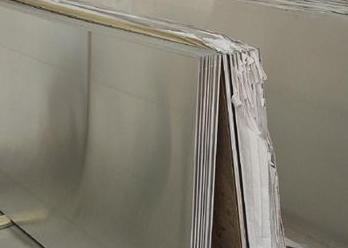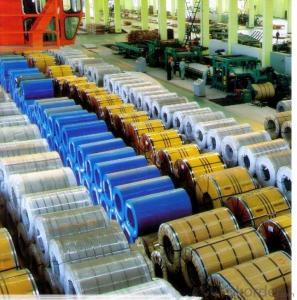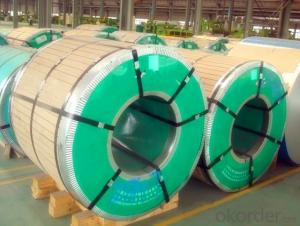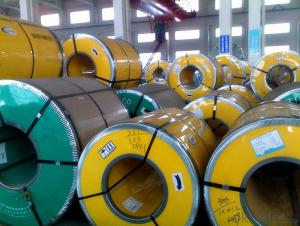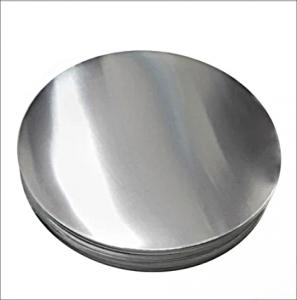Magnetic Stainless Steel Sheets for Metal Magnets
- Loading Port:
- China Main Port
- Payment Terms:
- TT or LC
- Min Order Qty:
- 1 Ton m.t.
- Supply Capability:
- 3000 Tons Per Month m.t./month
OKorder Service Pledge
OKorder Financial Service
You Might Also Like
316L Stainless steel sheet
1. Chemical composition
|
C |
Si |
Mn |
P |
S |
Ni |
Cr |
|
Max0.03 |
max1.00 |
max2.00 |
max0.045 |
max0.03 |
10.00-14.00 |
16.00-18.00 |
2. Mechanical properties
|
Yield Strength |
Tensile |
Elongation |
Hardness (HV) |
Hardness (HRB) |
|
≥175 |
≥480 |
≥40 |
≤200 |
≤90 |
3. Standard: AISI, ASTM, GB, EN, DIN, JIS
4. Surface: 2B, NO.1, BA, NO.4, Hairline, SB, Mirror finish, Anti-skid, Cherkered etc.
5. Size: Thickness: 0.3-3mm (cold rolled), 3-40mm (hot rolled)
Width: 1000mm or 1219mm or 1240mm for cold rolled, 1500mm for hot rolled.
Length: As customers' request.
Length: As customers' request.
6. MOQ: 1 Ton
7. Payment terms: T/T or L/C
8. Packing: Seaworthy package with wooden or Iron pallets with the paper and the steel strip, or as customers' request.
9. Delivery time: Usually about 7 days after we confirming the order, or according to your quantity.
If you have any question or demand, pls feel free to contact me.
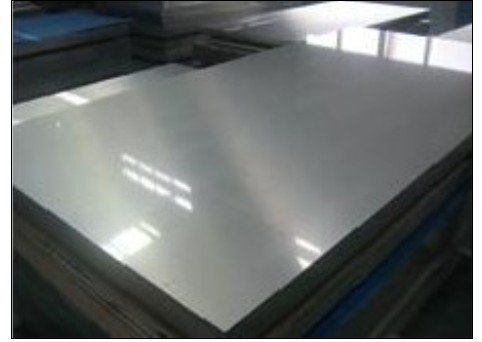
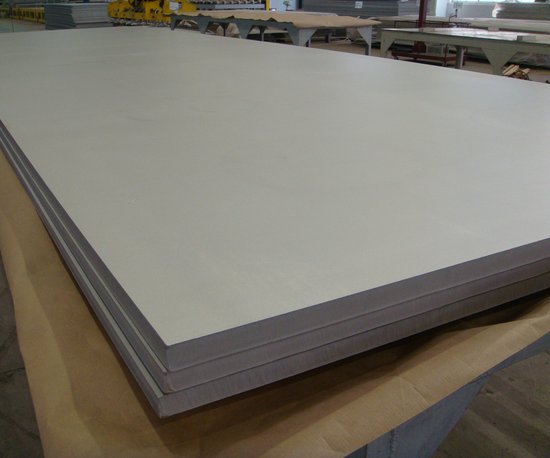
- Q:Can 111 stainless steel strips be passivated to enhance corrosion resistance?
- Certainly! Passivation can improve the corrosion resistance of 111 stainless steel strips. It involves removing iron from the surface and creating a protective oxide layer. This layer acts as a barrier, preventing further corrosion and increasing resistance to chemicals, moisture, and temperature. Industries such as automotive, aerospace, medical, and food processing commonly use passivation to enhance the longevity and performance of stainless steel components. Consequently, by passivating the 111 stainless steel strips, their corrosion resistance can be enhanced, resulting in improved durability and reliability for their intended applications.
- Q:How do stainless steel strips resist erosion in abrasive environments?
- Stainless steel strips are highly resistant to erosion in abrasive environments due to their unique composition and properties. The primary factor that enables stainless steel strips to resist erosion is the presence of chromium in the alloy. Chromium forms a thin, invisible layer of chromium oxide on the surface of the steel, which acts as a protective barrier against corrosion and erosion. This chromium oxide layer is extremely stable and adheres tightly to the steel surface, preventing any further oxidation or corrosion from occurring. It effectively seals the steel from the surrounding environment, including abrasive particles, moisture, and other contaminants that could cause erosion. Additionally, stainless steel strips often contain other alloying elements such as nickel and molybdenum, which further enhance their resistance to erosion. These elements contribute to the formation of a passive film that provides an additional layer of protection against abrasion. Furthermore, stainless steel strips are typically engineered to possess a high hardness and strength, making them more resistant to mechanical wear and tear. They can withstand the impact and friction caused by abrasive particles without significant damage or erosion. Moreover, the smooth surface finish of stainless steel strips reduces the likelihood of particles getting trapped or lodged in microscopic crevices, minimizing the potential for erosion. This smoothness also facilitates easy cleaning and maintenance, ensuring the longevity of the stainless steel strips in abrasive environments. In summary, stainless steel strips resist erosion in abrasive environments primarily through the formation of a protective chromium oxide layer, their high hardness and strength, and their smooth surface finish. These factors work together to provide excellent resistance against corrosion, mechanical wear, and the detrimental effects of abrasive particles.
- Q:Can stainless steel strips be hardened?
- Yes, stainless steel strips can be hardened through a process called cold working or by heat treatment methods such as quenching and tempering.
- Q:What is the coefficient of expansion for stainless steel strips?
- The coefficient of expansion for stainless steel strips typically ranges between 10.8 to 12.4 x 10^-6 per degree Celsius.
- Q:Can stainless steel strips be used in construction applications?
- Yes, stainless steel strips can be used in construction applications. They are commonly used for various purposes such as framing, roofing, cladding, and structural support due to their excellent corrosion resistance, durability, and strength.
- Q:What is the density of stainless steel strips?
- The density of stainless steel strips can vary depending on the specific grade and composition of the stainless steel. However, on average, stainless steel strips have a density of approximately 7.9 grams per cubic centimeter (g/cm³). This density is relatively high compared to other materials, making stainless steel strips a durable and sturdy choice for various applications in industries such as construction, automotive, and manufacturing.
- Q:What are the different surface finishes available for stainless steel strips?
- There are several surface finishes available for stainless steel strips, including mill finish, brushed finish, mirror finish, satin finish, and patterned finish.
- Q:Can stainless steel strips be used in kitchen appliances?
- Yes, stainless steel strips can be used in kitchen appliances. Stainless steel is a popular choice for kitchen appliances due to its durability, resistance to corrosion, and easy maintenance. Stainless steel strips are commonly used for various components in appliances such as refrigerators, ovens, and dishwashers.
- Q:Can stainless steel strips be used in the petroleum industry?
- Yes, stainless steel strips can be used in the petroleum industry. Stainless steel is resistant to corrosion and can withstand high temperatures, making it suitable for various applications in the petroleum industry such as pipelines, storage tanks, and equipment used for refining and processing crude oil and natural gas.
- Q:Can stainless steel strips be used in the production of chemical tanks?
- Yes, stainless steel strips can be used in the production of chemical tanks. Stainless steel is highly resistant to corrosion and chemical reactions, making it a suitable material for storing and transporting various chemicals. The durability and strength of stainless steel strips make them ideal for constructing chemical tanks that require long-term reliability and safety.
1. Manufacturer Overview |
|
|---|---|
| Location | Zhejiang,China |
| Year Established | 2010 |
| Annual Output Value | Above US$16Million |
| Main Markets | Japan, South America |
| Company Certifications | ISO9001:2000; |
2. Manufacturer Certificates |
|
|---|---|
| a) Certification Name | |
| Range | |
| Reference | |
| Validity Period | |
3. Manufacturer Capability |
|
|---|---|
| a)Trade Capacity | |
| Nearest Port | Shanghai |
| Export Percentage | 60% |
| No.of Employees in Trade Department | 50 People |
| Language Spoken: | English;Chinese; Japanese |
| b)Factory Information | |
| Factory Size: | Above 80,000 square meters |
| No. of Production Lines | Above 8 |
| Contract Manufacturing | OEM Service Offered;Design Service Offered |
| Product Price Range | Average |
Send your message to us
Magnetic Stainless Steel Sheets for Metal Magnets
- Loading Port:
- China Main Port
- Payment Terms:
- TT or LC
- Min Order Qty:
- 1 Ton m.t.
- Supply Capability:
- 3000 Tons Per Month m.t./month
Offcanvas right
OKorder Service Pledge
OKorder Financial Service
Similar products
New products
Hot products
Hot Searches
Related keywords




